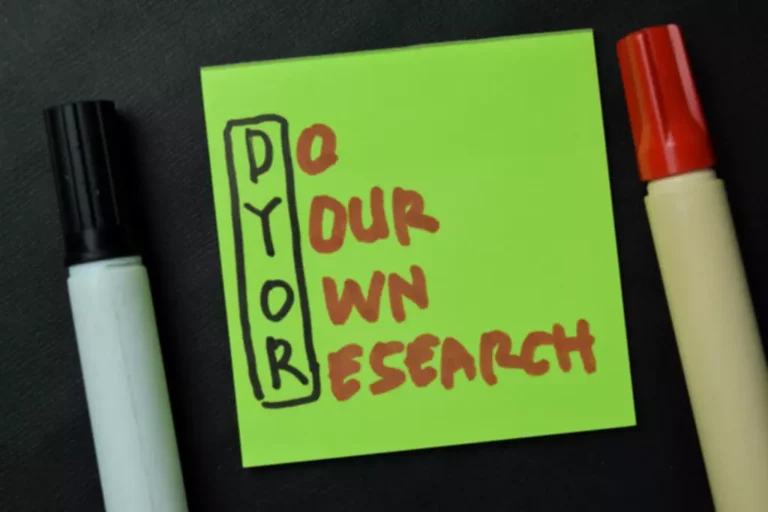One of these is “coin burn,” a term that has come up many times recently due to the Ethereum London Hardfork Upgrade. Now, this might seem crazy at first but POB actually tries to solve key issues facing the Proof-of-Work (POW) consensus algorithm used by Bitcoin. This category relates to coin burning models that have been integrated into the core protocol layer of the blockchain.

Coin burns can be necessary in the case of stablecoins, because burning a certain portion of the supply can help the stablecoin stay pegged to its fiat currency (like the dollar). The more people who want to buy, hold, or use Bitcoin, the faster the price will tend to rise because there are only so many coins to go around. As long as the demand stays constant and the supply remains limited, the price of Bitcoin may keep rising compared to any fiat currency. Past performance, of course, being no guarantee of future results. Moreover, the act of burning can be perceived as a positive signal by the market.
Perhaps, this is one of the reasons community members are endeared to projects that announce they will conduct periodic token burns. A burn wallet is a specific type of cryptocurrency address to which tokens can be sent but never retrieved. It’s designed in such a way that its private key is either unknown or unobtainable. Without the private key, the tokens within the wallet remain inaccessible, effectively rendering them out of circulation permanently.
The speed at which coins are created through PoW reduces each time a new block is mined. This promotes regular activity by the miners; instead of mining one coin when mining first begins, miners must burn their early coins and mine https://www.xcritical.in/ new ones. Publicly traded companies buy back stock to reduce the number of shares in circulation. In general, this practice is intended to increase the value of the shares while increasing the company’s financial performance.
- This approach can align the interests of miners and users, ensuring the long-term security and viability of the blockchain.
- Bitcoin, for example, has a relatively low supply limit of 21 million coins.
- Use our list of all cryptocurrencies to see their prices in Canadian Dollars (CAD).
- During its nascent stages, to ensure the robustness and security of the network, Shai, one of the lead developers of Kaspa, took on the task of solo mining.
- This ensures that tokens sent to this address are permanently locked away.
In this method, projects repurchase their own tokens from the market using funds allocated specifically for this purpose. The bought-back tokens are then permanently removed from circulation, effectively reducing the total supply. Token buybacks can be conducted on exchanges or through decentralized finance (DeFi) protocols.
This is largely down to the fact that there is a high chance that the value of cryptos of which coins have been burned may increase over time. This mainly controls the price of the BNB token for users of the Binance platform that use it. There are other uses for coin burning; why someone or an organization may burn their coins will be down to specific circumstances.
As the crypto world evolves, burning remains a tool for projects to navigate changing conditions and regulations. This approach can align the interests of miners and users, ensuring the long-term security and viability of the blockchain. The decision to burn crypto may be written into a project’s whitepaper prior to launch, outlining full intent to nix fractions of its supply along the way. It may also be put to a community vote, letting the decentralized autonomous organization, or DAO, decide whether to burn or not to burn.

Instead of paying fees to miners to validate transactions, some projects have integrated a burning mechanism where a portion of the amount sent is automatically burnt. As more projects adopt this mechanism, we can expect increased efficiency in cryptocurrency ecosystems. Token burning helps maintain scarcity, which in turn can drive up demand and value. So whether you’re an investor or simply curious about the evolving landscape of digital currencies, keeping an eye on token burning trends could be a wise move. One method of burning crypto involves manual burns, where tokens are intentionally destroyed by sending them to an address from which they cannot be accessed. This approach is commonly used by project teams or community members who hold a significant amount of tokens.
Many cryptocurrencies burned tokens between 2017 and 2018, including Binance Coin (BNB), Bitcoin Cash (BCH), and Stellar (XLM). New cryptocurrencies that have a large initial supply of tokens are becoming more and more common. In a coin burn structure, the ‘cost’ that a user indirectly ‘pays’ from destroying the coin is a value-enhancing proposition for every user in the network since supply is reduced. Therefore, it can be argued that a coin burning mechanism is a more equitable and fairer way of distributing value to all participants in the network. While token burning can have positive effects like increasing value and maintaining scarcity, it’s important to consider potential drawbacks as well. In some cases, excessive or unnecessary token burns may lead to skepticism among investors and users regarding the project’s intentions or financial stability.
The purpose of the burn was partly to remove value from Terra’s community pool, where founder Do Kwon argued it was not needed. There is no evidence yet that burning cryptocurrency tokens increases the value of that specific cryptocurrency. The action can influence investor and user sentiment which would have more of an effect of driving prices up and down. “Burning” crypto means permanently removing a number of tokens from circulation. Crypto burning is typically done by transferring the tokens in question to a burn address, i.e. a wallet from which they cannot ever be retrieved. Coin burning has been more popular lately since it enables cryptocurrencies to begin at low rates and then artificially increase their worth after securing deposits.
Another aspect worth considering is how burning crypto coins can enhance network security. Some cryptocurrencies use proof-of-stake (PoS) or delegated proof-of-stake (DPoS) consensus mechanisms where token holders burn their coins to secure the network. Burning coins reduces the overall supply of tokens available for staking, making it more difficult for malicious actors to gain control over a significant portion of the network’s voting power. Many cryptocurrency projects incorporate coin burning to ensure strong price stability for their investors. It must be mentioned that coin burning is a method for cryptocurrency projects to evade securities regulations.
Cryptocurrency is “burned” when a coin is sent to a wallet address that can only receive coins. Cryptocurrency wallets have private keys that let you access the token you have stored in them; however, burner addresses do not have a private key, which means the tokens are gone forever. The Terra project, for example, burned 88.7 what does burning crypto mean million of its LUNA tokens in November 2021. The tokens represented around $4.5 billion in value at the time, which the company said made the event one of the largest layer 1 token burns ever. The purpose of the burn was partly to remove value from Terra’s community pool, where founder Do Kwon argued it was not needed.

User security is enhanced by the token burning process for Ripple-based applications, which enables transactions without the risk of perverse incentives. To ensure that the network is utilized more responsibly, there is no incentive to charge larger fees other than for quicker execution. Unsold coins are also burned following ICOs to provide investors with more transparency. However, a corporation may expose itself up to accusations that it is just interested in profit when it sells tokens that have not yet been issued on an exchange. When a project promises to solely utilize the cash collected for company operations, it demonstrates a greater commitment to investors and values their tokens at a more reasonable price.



Lascia una risposta